Eleventh graders assessed via CAASPP
Juniors were required to take the CAASPP on the school laptops.
Two weeks in May were converted to block schedule for Cam High juniors to take their English language arts and mathematics California Assessment of Student Performance and Progress (CAASPP) tests online in their English and social science classes.
According to Cam High associate principal Mr. Gary Peterson, CAASPP, which is administered under the new Common Core State Standards, aims to achieve two main purposes. “It’s the monitoring system by the state to check and see what our students are learning and make sure that we are doing a good job in teaching the kids the basics for reading and writing,” said Peterson.
Peterson also cites college as a reason to take the test. “The other main purpose is that the EAP [Early Assessment Program] is embedded in that test, and if students do well enough on those questions[…] then students can qualify for skipping lower-level classes in college, which of course can save thousand of dollars, if you are paying per unit for the school you want to go to,” said Peterson.
Students who receive achievement level 4 on the EAP category will be “exempt from taking the [California State of University] and participating in [California Community College] placement tests, and […] be able to move directly to college-level courses upon enrollment,” according to a letter to eleventh graders about the CAASPP test and EAP.
According to the California Department of Education, students in grades three to eight and eleven are “required to participate” in the test system with the exceptions of students “who participate in the alternate assessments” and who are “English learners who are in their first 12 months of attending a school in the United States.” But with guardian approval and paperwork, students can opt out of CAASPP testing.
According to Jacqueline Cisneros, the difficulty level of CAASPP is about to be between the Advanced Placement tests and the California High School Exit Exam. “This [test] has what we learned throughout high school. There were a few problems that were a little confusing because the teachers [did not teach them] here. Otherwise it was simple, it was quick. I finished it within a couple hours,” she said.
“Math is more difficult and more in-depth. You focus more on the complicated things that teachers didn’t really go over before, but want you to understand more thoroughly now,” said Cisneros. “The objective is to be able to explain our answers, I get that, but I don’t think teachers know how to work with the Common Core Standards.”
“The test took longer than it had to. On the electronics, it took a lot of thinking because they expect you to write a lot more,” said senior Kevin Hubbard, who took the online test last year. “I feel like I could have done better on paper.”
“It’s easier to do it on paper, I think. So you don’t have to worry about wifi difficulty or electronics difficulty or whatever,” said Cisneros.
Peterson thinks that future state tests may be in online format more often. “It’s probably cheaper for the state to do [the testing] in this way versus having to print books and print answer sheets and have people read them. You know, it’s just much easier to probably manage all the resources online. So I would imagine that that’s probably the future of testing.”

Hello everybody, I am Chun-Tzu Huang, a senior, and it is my second year on the Stinger staff. I am a lover of creative writing and a bit of a writing...

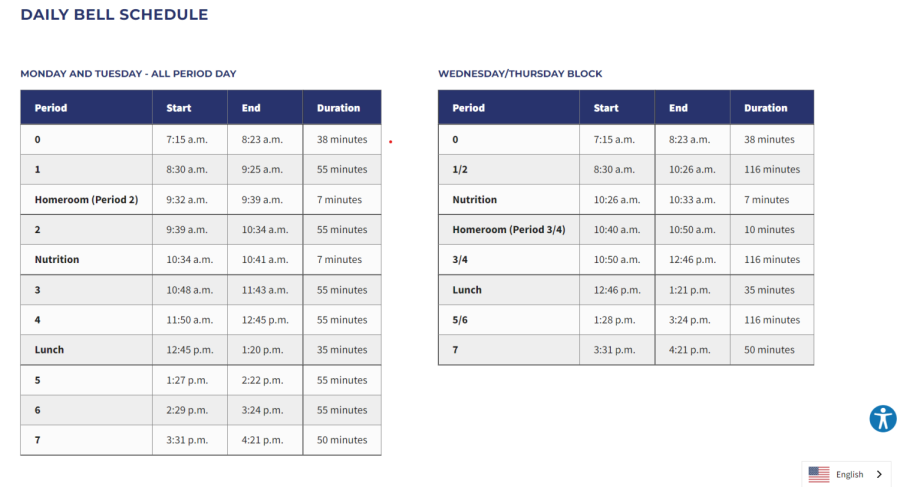







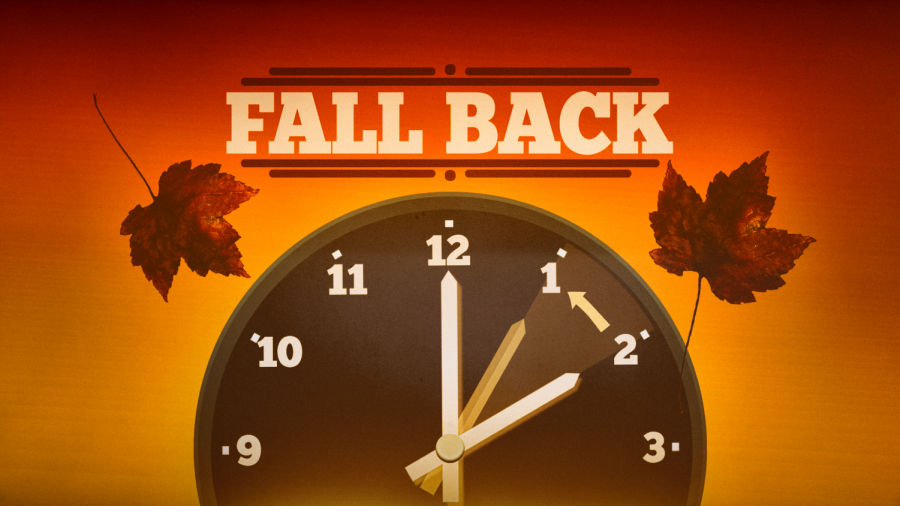











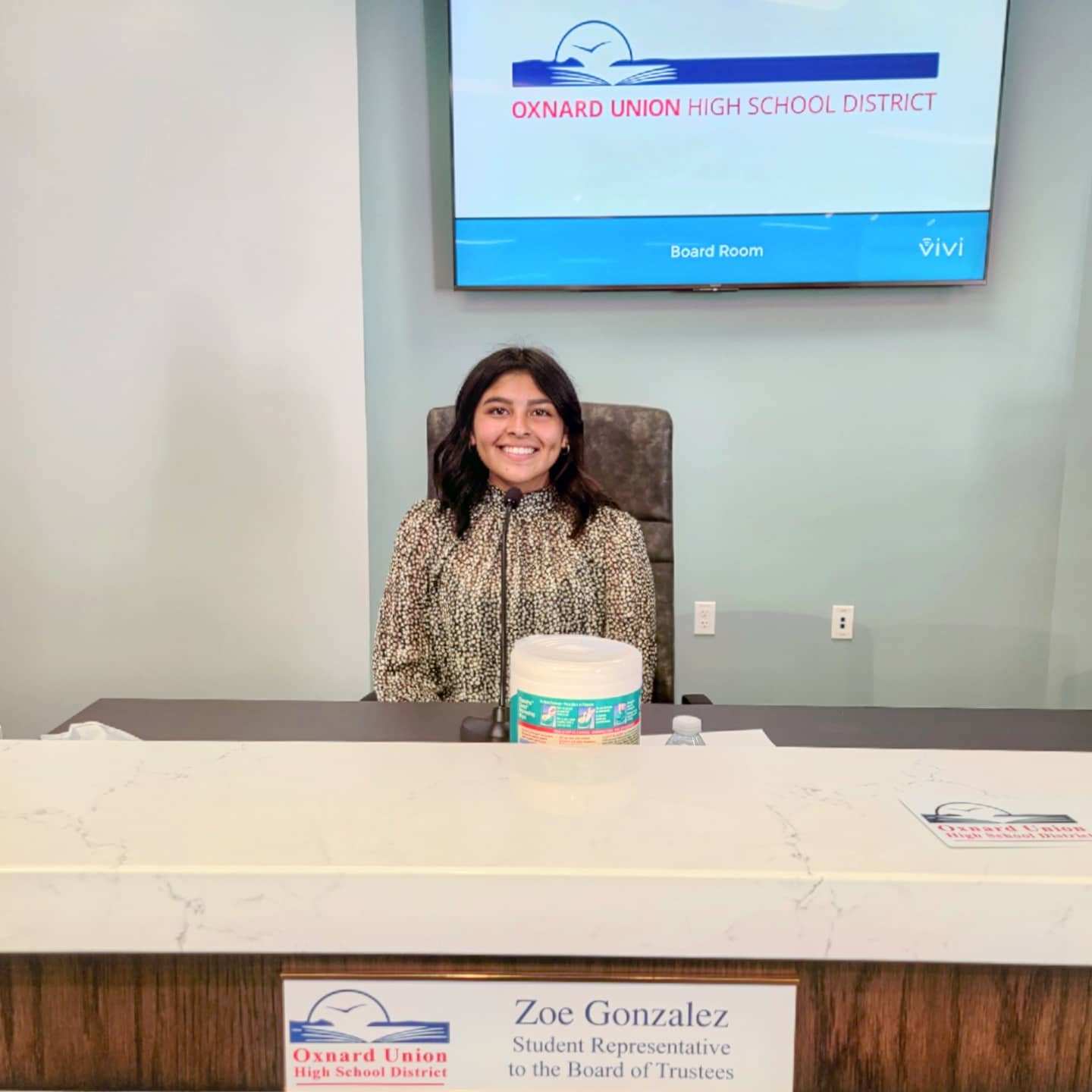


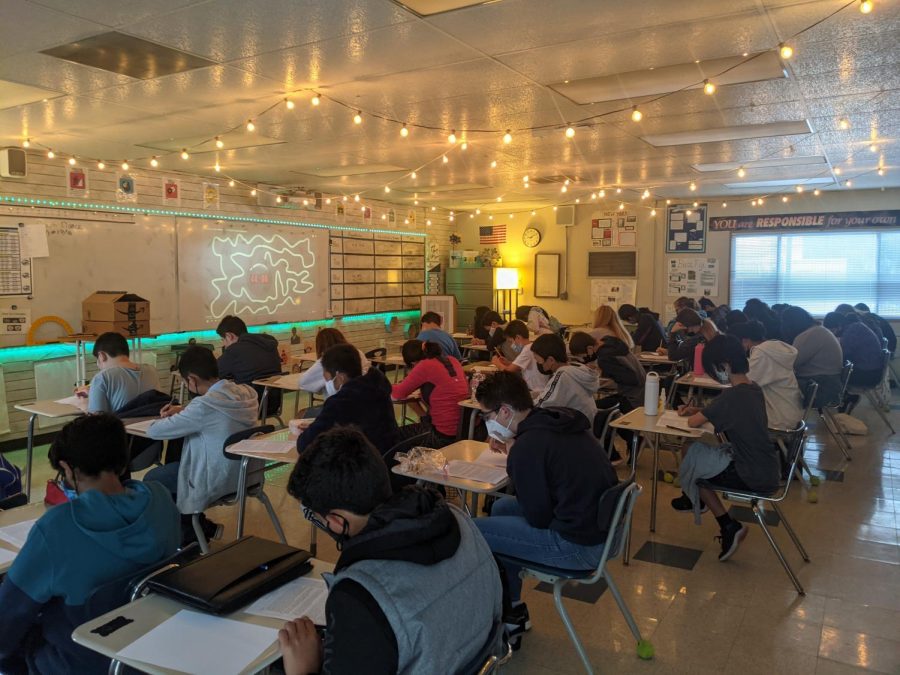
















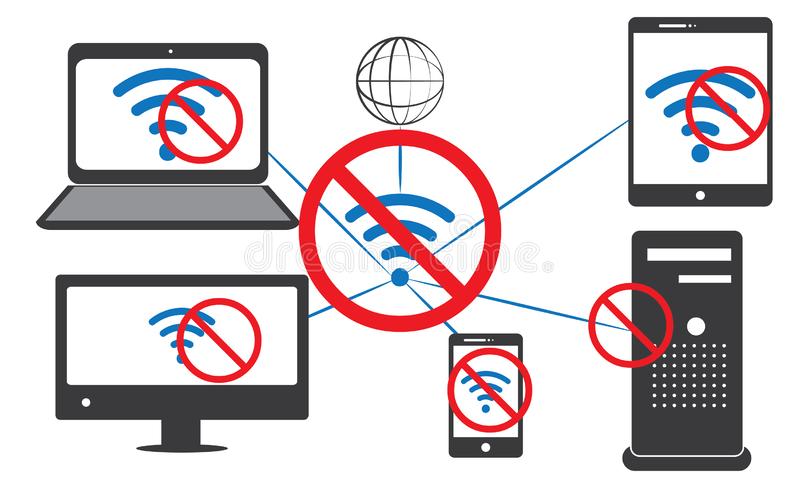




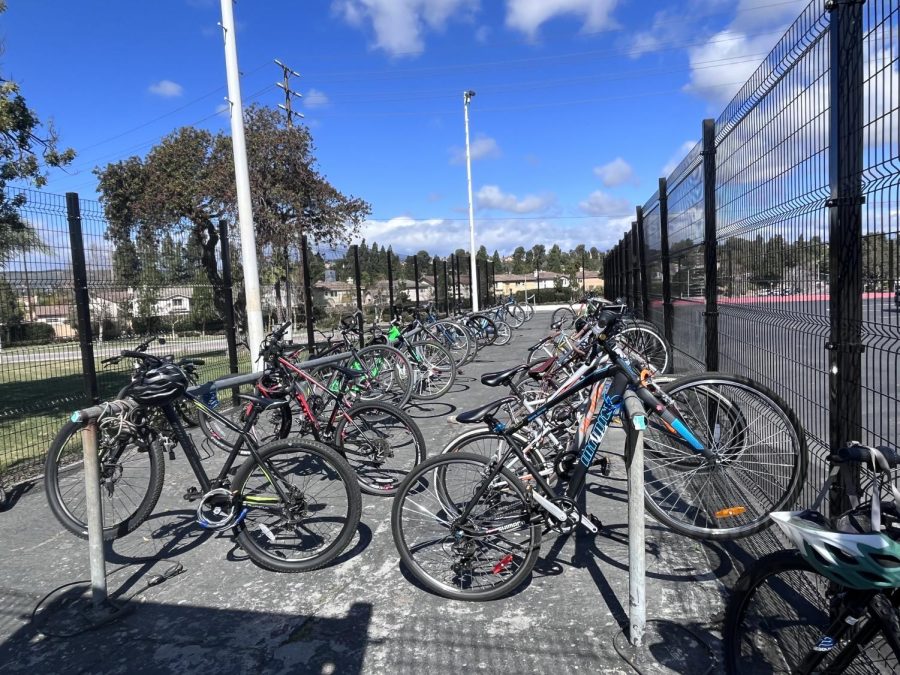
















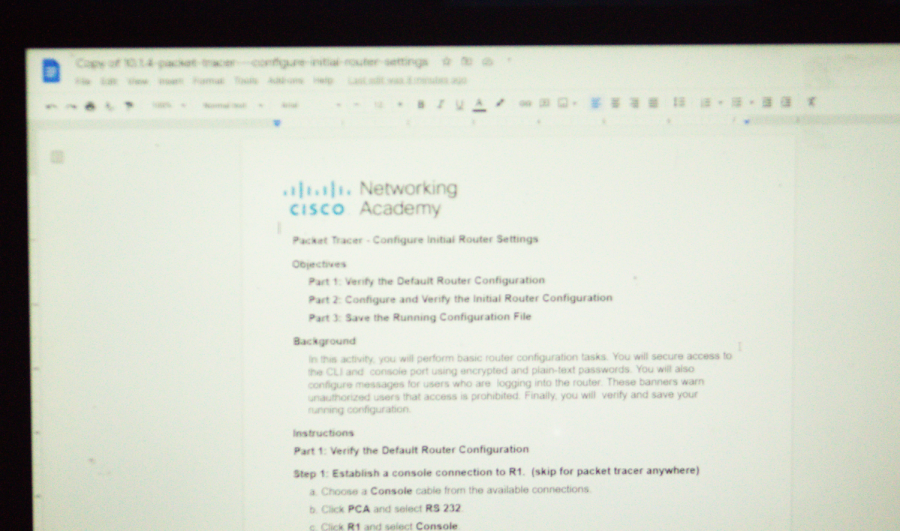

















![Senior Ditch Day... Relaxation or Truancy? [Video]](https://achsstinger.com/wp-content/uploads/2017/10/IMG_7119-900x599.jpg)
![Heavy Rain Hits Cam High [video]](https://achsstinger.com/wp-content/uploads/2017/02/maxresdefault-900x506.jpg)



